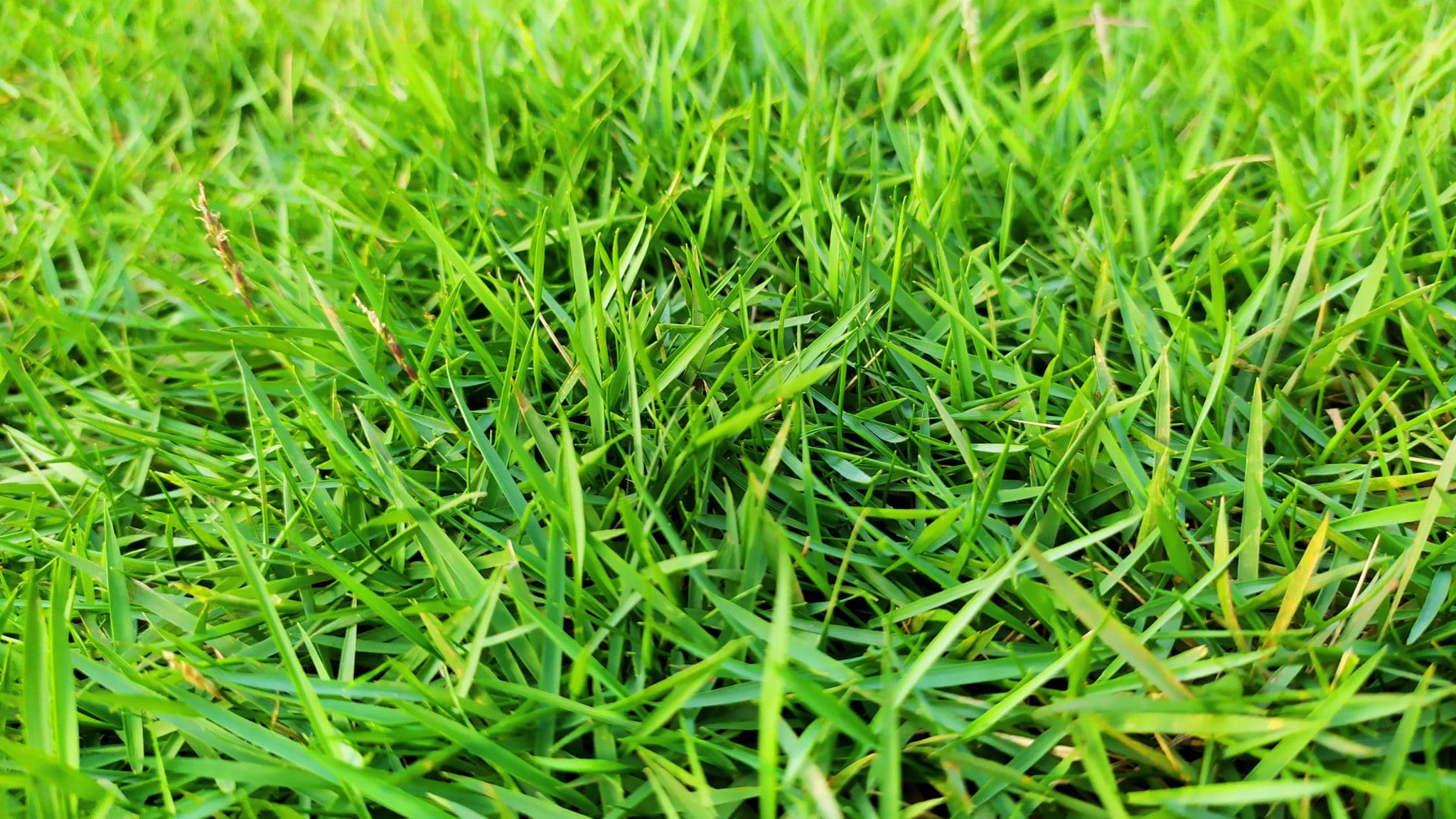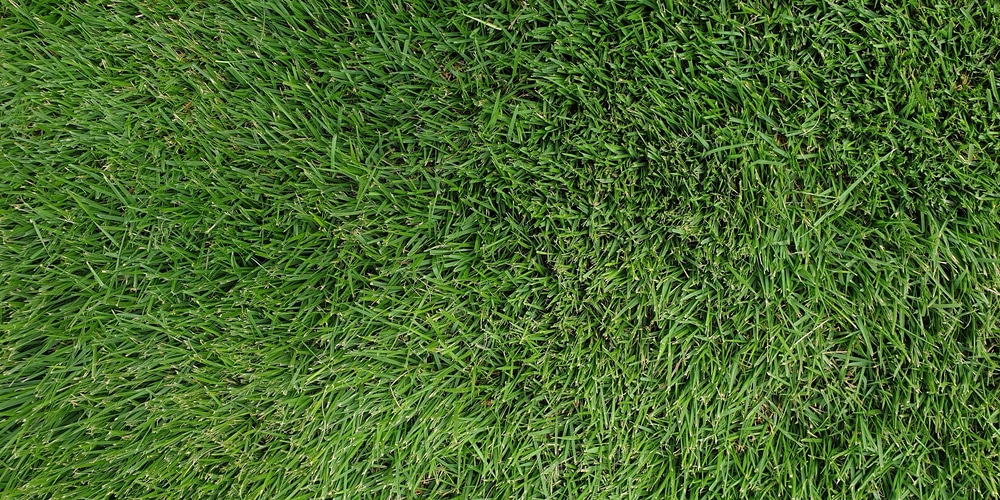Zoysia grass is a warm-season turfgrass that grows well in the southern United States. It is a low-maintenance grass that does well in shady and sunny areas and tolerates drought and salt spray. There are several varieties of zoysia grass, each of which has its own unique characteristics. This article will discuss zoysia grass in Georgia. We’ll look at which types grow best and how to care for your lawn.
Zoysia grass in Georgia

Zoysia grass grows well in USDA Hardiness Zones 6 to 11, which covers much of southern America. As Georgia is located in USDA zone 7 to 8, zoysia grass is a good choice for homeowners searching for hardwearing warm season grass.
If you live in Georgia, you may consider planting the following zoysia varieties:
Emerald Zoysia
The best variety of zoysia for this area is Emerald zoysia, as Georgia Agricultural Experiment Station developed it in 1955. It has been a popular lawn grass for yards in Georgia ever since and is also used in landscaping projects, parks, and golf courses.
Emerald zoysia has finer blades than many other grass varieties and is popular due to its dark green color. It establishes itself slowly but has a dense growth habit. Emerald zoysia also grows a bit more slowly than other types of grass, meaning it will only need to be cut every ten days or so in the growing season.
Emerald zoysia is both cold and drought-tolerant and can also be grown in the shade. However, it grows best in areas with at least 4 hours of sunlight daily. It can cope with some foot traffic and has low fertilizer requirements.
The benefits of emerald zoysia include:
- Dense growth and a soft carpet-like feel
- Beautiful dark green color
- Fine blades
- Spreads vis rhizomes and blocks out weeds
- Cold and heat tolerant
- Can be grown in various soils
- Drought resistant
- Low maintenance
Other zoysia grass varieties that are common throughout Georgia include Meyer, Zeon, and JaMur zoysia. These warm-season grasses do well in hot summer climates, withstanding heat up to 100 F (37 C). They require little maintenance and are fairly disease resistant and pest resistant.
They also grow via rhizomes and stollens which means they have a dense carpet like feel and are able to block out weeds.
Meyer zoysia
Meyer zoysia is a fine-textured grass that grows quickly and can tolerate salt spray and sandy soil, making it a good choice for coastal areas. It is drought tolerant and shade tolerant. Although meyer zoysia is a warm season grass which becomes dormant in the winter it doesn’t turn brown.
Zeon zoysia
Zeon zoysia has a finer texture than Emerald or Meyer and grows denser with less thatch. It is extremely tolerant of heat and drought but requires more water than the other varieties to stay green during the hot summer months. It’s also resistant to disease and pests.
JaMur zoysia
JaMur zoysia is a medium-textured grass with a rapid growth rate. It is relatively new and has not been extensively tested, but it is known to be drought-tolerant.
Caring for your zoysia lawn
No matter which variety of zoysia you choose, it needs to be mowed regularly to keep it healthy. When mowing, make sure to never take more than one-third of the blade off at a time.
Zoysia grass should also be fertilized two or three times a year with a slow-release fertilizer. Finally, it is important to water your lawn regularly, especially during periods of drought or extreme heat.
Conclusion
Overall, zoysia grass in Georgia is an excellent choice for lawns and gardens. It tolerates hot climates, requires minimal maintenance, and can survive on little water. However, choosing the right variety for your climate and soil type is important.
Meyer, Emerald, Zeon, and JaMur are all good options and will provide your lawn with a beautiful green appearance. With regular mowing, fertilizing, and watering, you can enjoy the benefits of zoysia grass year-round.
